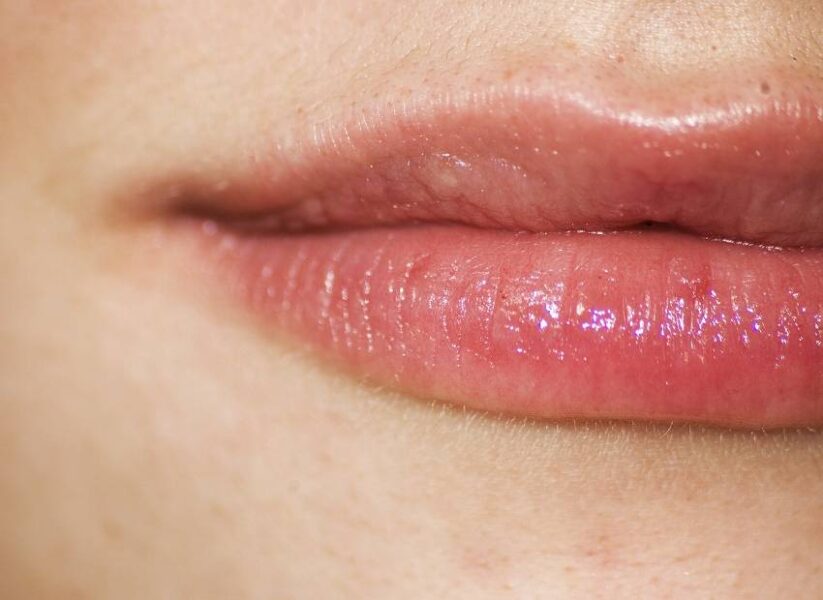Summary: Researchers have achieved a breakthrough in lip tissue research by successfully creating immortalized lip cells that can be grown indefinitely in the lab. This development allows scientists to create accurate 3D models of lip tissue for testing new treatments for injuries and infections. The achievement could benefit thousands of patients with lip injuries or congenital conditions like cleft lip.
Journal: Frontiers in Cell and Developmental Biology, November 4, 2024
Reading time: 5 minutes
A New Chapter in Lip Research
Our lips are remarkable structures that enable us to speak, eat, drink, and express emotions. Despite their importance, scientists have struggled to develop effective treatments for lip injuries because they lacked a reliable way to study lip cells in the laboratory. That changed when researchers at the University of Bern made a groundbreaking discovery.
“The lip is a very prominent feature of our face,” said Dr. Martin Degen of the University of Bern. “Any defects in this tissue can be highly disfiguring. But until now, human lip cell models for developing treatments were lacking.”
Breaking Through Biological Barriers
The challenge facing researchers was that normal lip cells can only divide a limited number of times before they stop growing. Additionally, obtaining lip tissue for research is difficult since it isn’t regularly available from biopsies.
“Human lip tissue is not regularly obtainable,” explained Degen. “Without these cells, it is impossible to mimic the characteristics of lips in vitro.”
The research team overcame this limitation by modifying cells from two patients – one undergoing treatment for a lip laceration and another for a cleft lip. Using specialized genetic techniques, they deactivated a gene that normally stops cell division and modified structures called telomeres that affect cell longevity.
Rigorous Testing Ensures Safety
Before declaring success, the scientists conducted extensive testing to ensure their modified cells remained stable and behaved like natural lip cells. They verified that the cells hadn’t developed any cancer-like properties and confirmed they produced the same proteins and genetic materials as unmodified cells.
The team then demonstrated the practical applications of their breakthrough. In laboratory tests, the modified cells successfully mimicked wound healing processes and showed expected responses to infection with Candida albicans, a common pathogen that can cause serious infections in people with compromised immune systems or cleft lips.
Glossary
- In vitro: Experiments or observations performed in a laboratory setting, outside of a living organism
- Telomeres: Protective structures at the ends of chromosomes that affect cell aging and longevity
- Keratinocytes: The predominant cell type in the outer layer of skin and lips
- Candida albicans: A type of yeast that can cause infections in humans
Knowledge Check Quiz
- Question: Why was it previously difficult to study lip cells in the laboratory?
Answer: Normal lip cells can only divide a limited number of times and lip tissue is not regularly available for research. - Question: What two types of patient samples did the researchers use?
Answer: Samples from a patient with a lip laceration and a patient with cleft lip. - Question: How did the researchers test if their modified cells were safe?
Answer: They checked for cancer-like properties and verified the cells produced the same proteins and genetic materials as natural cells. - Question: What practical application did the researchers demonstrate with their new cell model?
Answer: They showed the cells could mimic wound healing and respond to infection with Candida albicans.
Enjoy this story? Get our newsletter! https://scienceblog.substack.com/


